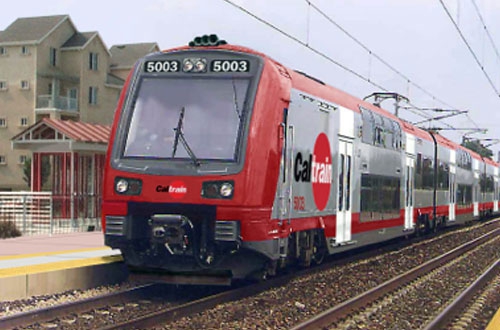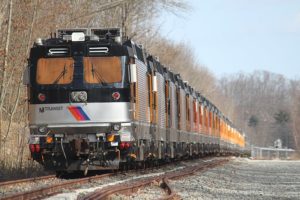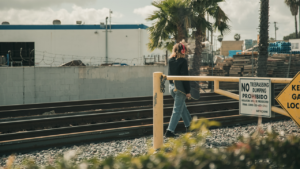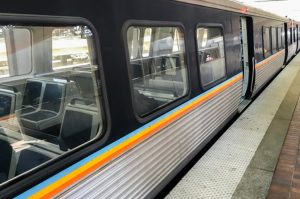Caltrain board considers options for addressing growing financial challenges
Written by David C. Lester, Editor-in-Chief
Ed. Note: The financial mess that most transit agencies have found themselves in as a result of the pandemic, and resulting plunges in ridership, are well known to most readers. Periodically, we focus on the challenges of a particular agency, and how they’re dealing with the situation. The report below is from Caltrain and like other agency financial reviews, makes for sobering reading. DCL
Following discussions at their September meeting surrounding Caltrain’s projected $18.5 million annual budget shortfall, the agency’s Board of Directors reviewed and adopted a $35 million 2nd quarter (Q2) Fiscal Year (FY) 2021 operating budget and an amended $84 million FY2021 capital budget. The Board also reviewed options for resolving a significant shortfall that is expected to be realized over the second half of the fiscal year. A full FY2021 budget is scheduled for a vote at their December meeting.
The budget deficit stems primarily from losses to fare revenue as ridership on the system continues to hover around 5% of pre-pandemic levels. Funding provided by the Federal Coronavirus Aid, Relief, and Economic Security (CARES) Act will allow Caltrain to maintain service through the end of the calendar year. The size of the budget shortfall that occurs from January through June will depend on several factors, the important being ridership and fare revenue projections.
The Q2 budget approved by the Board assumes that ridership will continue to hover at around 5% through December. In a best case scenario, if ridership recovers more quickly and continues to recover gradually over the course of FY2021, the size of Caltrain’s budget shortfall would be about $18.5 million. There are several variables that could increase the shortfall including slower ridership recovery.
Proposed strategies for covering the shortfall include:
- Pulling from $13.7 million currently in reserve
- Applying the remaining $0.3 million balance from FY2020
- Pulling $5.3 million from FY2021 State Rail Assistance funds
- Shifting capital funds for select state of good repair projects
- Contract operator furloughs
- Weekend service suspension
Looking ahead, these proposed measures may not be enough without a strong return of ridership revenue and additional budgetary hurdles loom large in FY2022. While recovery scenarios plan for a possible 30% to 75% increase in ridership next year, the agency’s financial deficit in the coming fiscal year is estimated to be between $30 million to $75 million.
Workforce and service reductions represent significant potential cost savings options in the short term, however, the longer term impacts of that decision would include inadequate specialized skill retention, remobilization costs and negative impacts to the riding public who rely on the commuter rail service.
In the absence of a complete ridership recovery, new revenue sources that could mitigate impending fiscal challenges include the passage of Measure RR and additional federal relief funding.





